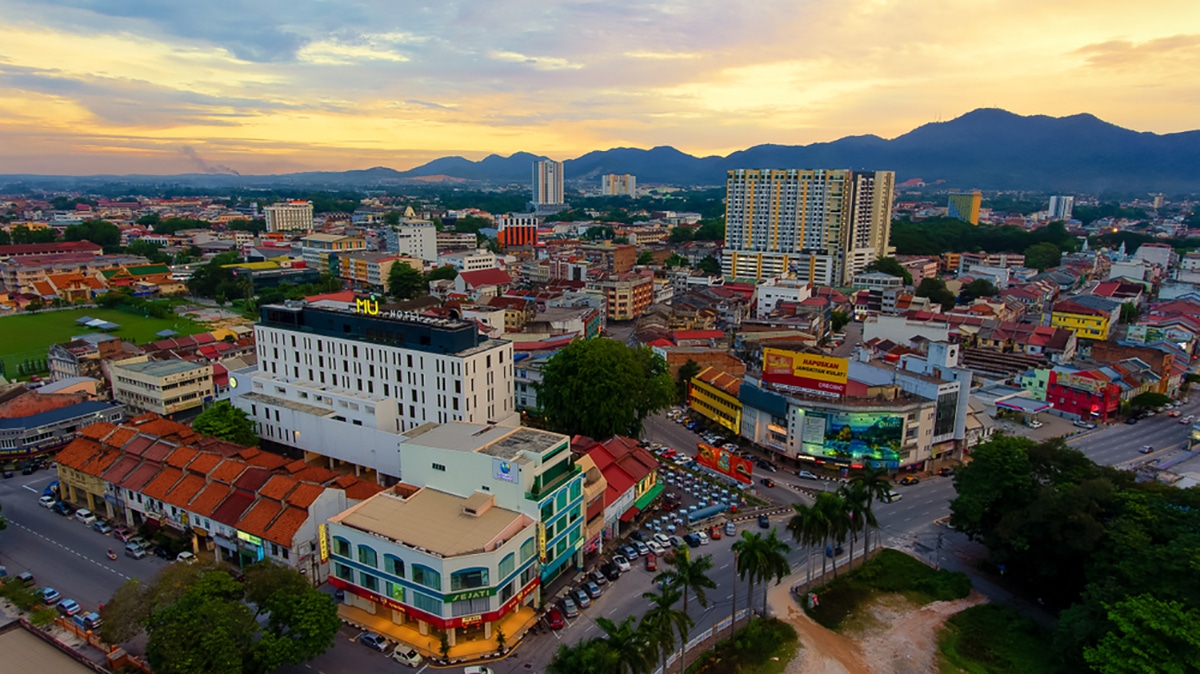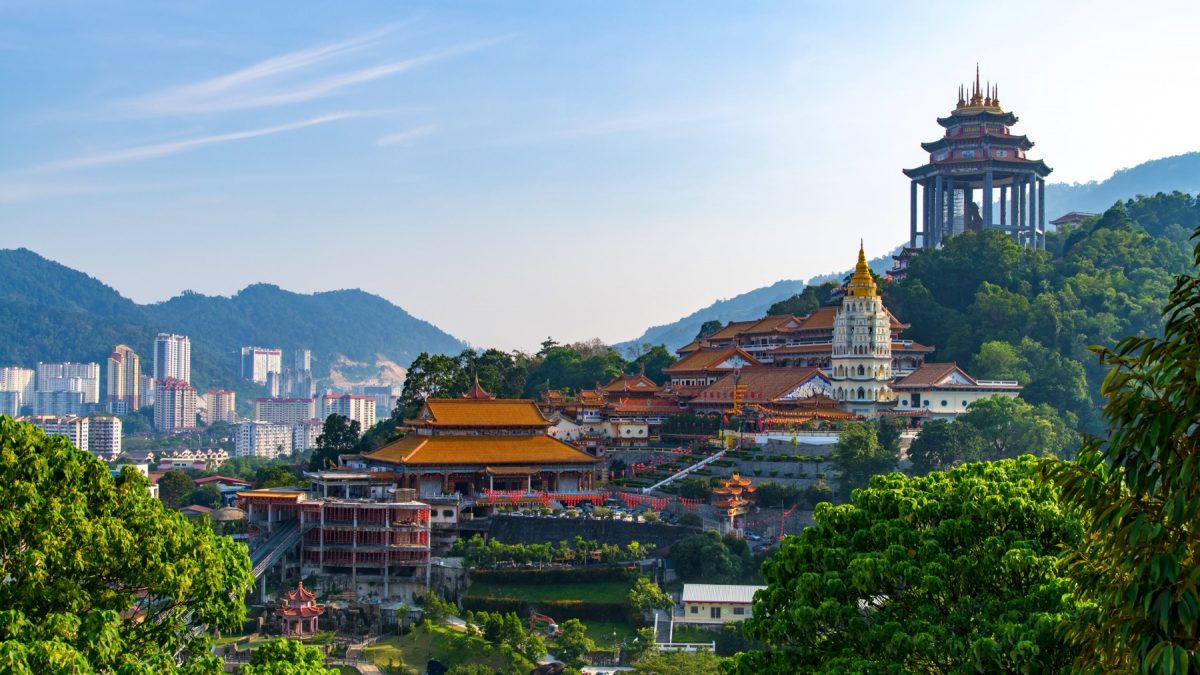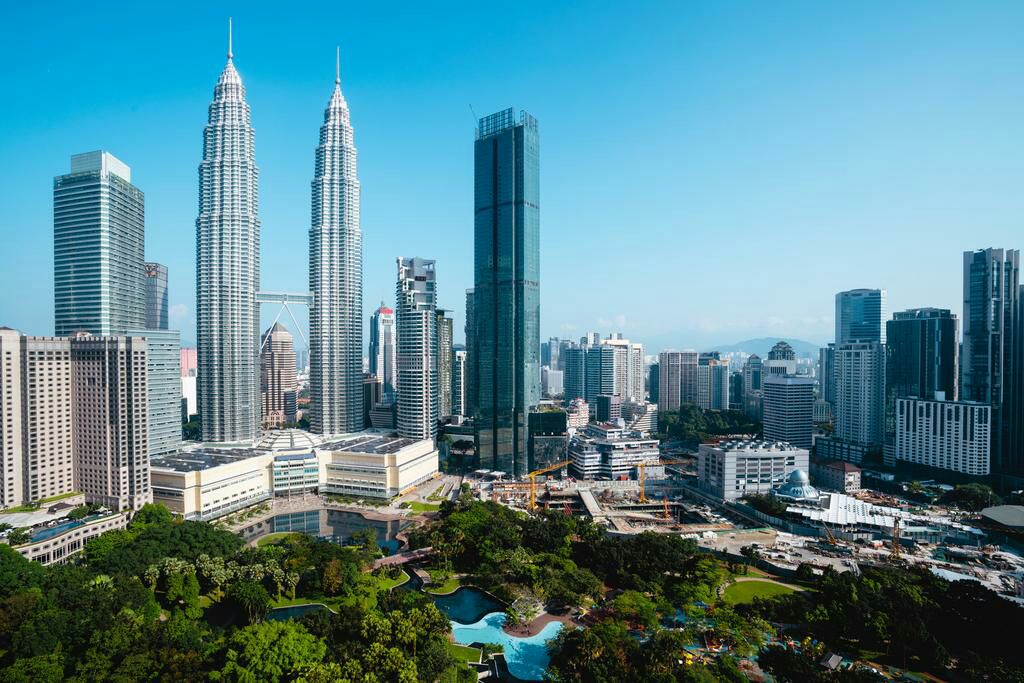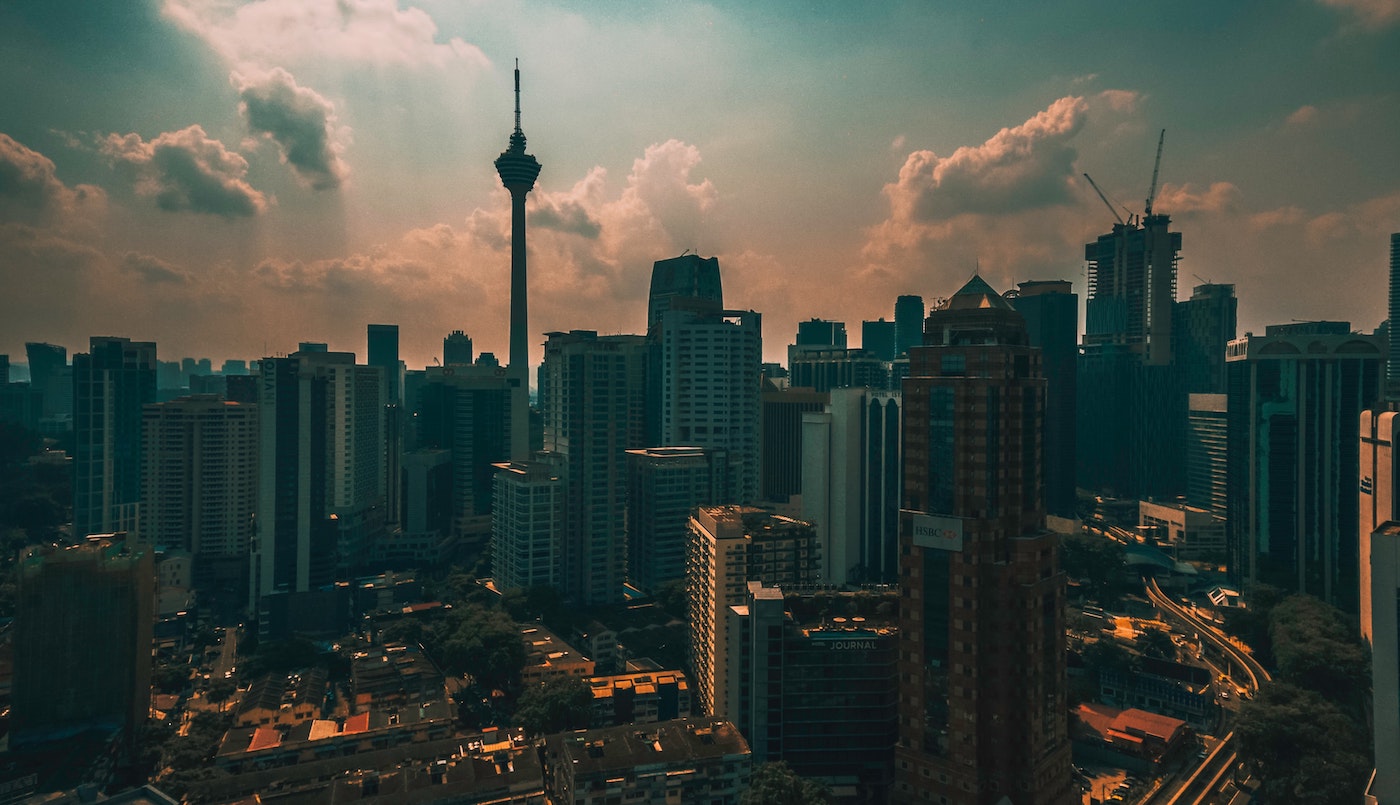The effects of climate change are coupling with the urban heat island phenomenon spurred on by unchecked city growth to noticeably notch up the temperature.
After an unusually lengthy rainy spell that lasted well into February, the heat is upon us once again, but this time it seems particularly oppressive, especially with such high humidity levels. And you’re not imagining things, either: A new study conducted by Think City – an organisation aiming to make Malaysian cities more liveable and sustainable – revealed that there has been a considerable increase in the land surface temperatures of five Malaysian cities over the past five decades.
HOW MUCH HOTTER ARE MALAYSIAN CITIES GETTING?
The study observed land surface temperatures in Kuala Lumpur, Bayan Lepas, George Town, Johor Bahru, and Ipoh. While comparisons of temperatures within each city were carried out across different timeframes, and each terrain held unique geographical characteristics that influenced the temperature, the Think City Analytics team observed a consistent increase across all five locations. The rise in temperature in urban areas has been linked primarily to the urban heat island effect, the lack of greenery, and global climate change.
According to Dr. Ceelia Leong, Geospatial Analyst at Think City, the urban heat island effect is caused by the types of materials used in cities such as concrete and bitumen, which absorb and re-emit the sun’s heat more acutely than natural landscapes. According to Dr. Ceelia Leong, a Geospatial Analyst at Think City, “Increases in temperature linked to climate change and urban expansion is a growing challenge for the livability of cities, human health, and urban wildlife. We used satellite imagery to map the extent of the heat island effect in Malaysian cities and to observe changes over the past few decades.”
She went on to share the findings: “Two characteristics were clearly evident. Firstly, Malaysian cities are getting hotter due to the increasing intensity of development, which is compounded by the effects of climate change. Secondly, the maps showed that urban greening had beneficial impacts, with the ability to lower urban temperatures between two and eight degrees Celsius.”
WHICH CITIES RECORDED THE BIGGEST INCREASES?
The city with the highest recorded rise in temperatures was Ipoh, Perak, with a peak temperature increase of 6.75 degrees Celsius between November 1998 and March 2019.

Close on Ipoh’s heels was Johor Bahru with a 6.70 degrees Celsius peak temperature increase from May 2005 to May 2018, which was largely because of a growth in industrialisation and urbanisation. The city’s Seri Purnama and Pasir Gudang regions – heavily industrialised areas – as well as Skudai and Bandar Johor Bahru noted very clear increases in temperatures.

Right after Johor comes one of the country’s more favoured weekend escape, Penang. Heavily populated areas like George Town and Bayan Lepas both experienced and recorded peak temperature increases of 6.37 degrees Celsius and 5.63 degrees Celsius, respectively, from February 1988 to February 2020. Naturally, George Town experienced a surge of tourism after receiving its UNESCO World Heritage status in 2008, and as a result, has suffered amplified urban heat island effects since.
In addition to that, the establishment of Malaysia’s first Free Trade Zone in Bayan Lepas, and the industrial growth that has emerged from that, has unfortunately contributed to rising heat levels on the island state.

Surprisingly, Kuala Lumpur showed up lowest on the list, with a maximum temperature increase of just 1.64 degrees Celsius from December 1989 to October 2019. However, the city’s hottest areas were noted to be at the centre itself, along with Bukit Bintang, Pudu, Chow Kit, and Kampung Baru. This a sobering reality given how posh urban developments like KLCC incorporated green pockets like its very own park in order to protect the area from the damning effects of urban development.
Hamdan Abdul Majeed, Managing Director of Think City, said that the key aim of the temperature mapping was to get a snapshot of what cities were undergoing and to find solutions to battle the effects of climate change.

“At Think City, the use of analytics is crucial so that we can create strategies and formulate solutions for better cities in an informed manner,” he explained. “At the same time, there is a duty to inform the public as the battle against climate change requires a concerted effort from both the public and private sectors as well as the community-at-large.”
Majeed added, “The democratisation of data in this manner, making it easily available through our Urban Analytics Portal is part of our climate response effort and one of the ways that we can alert and educate communities, as we identify solutions and assist communities in adapting to extreme climate events. As we are in the decade of action to take concerted steps towards achieving the sustainable development goals, adapting to the impacts of climate change does not fall solely onto the shoulders of Malaysia’s policy-makers. Rather, it will require ‘all hands on deck’, from the government, the private sector to the general public.”
He wrapped up, saying, “We aim to continue studies in a similar vein on a regular basis to continue monitoring the impacts of the urban heat island effect and climate change in Malaysia, and to keep finding solutions to mitigate or adapt to the harmful impacts.”
"ExpatGo welcomes and encourages comments, input, and divergent opinions. However, we kindly request that you use suitable language in your comments, and refrain from any sort of personal attack, hate speech, or disparaging rhetoric. Comments not in line with this are subject to removal from the site. "























